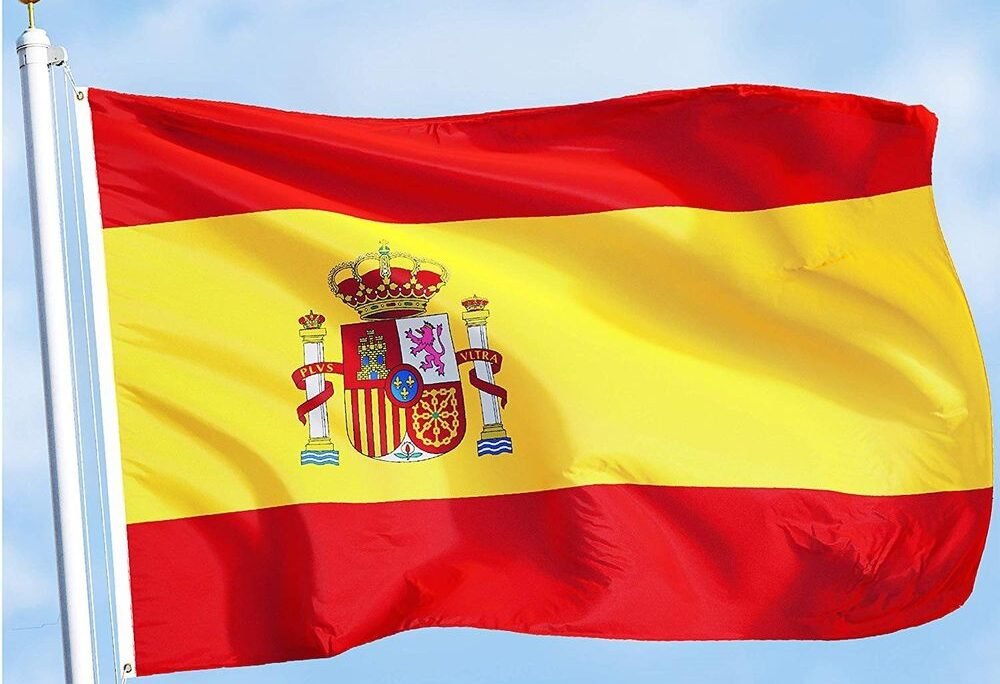Fertility tourism (also called reproductive tourism or cross-border reproductive care) refers to people travelling to another country to receive fertility treatments that are unavailable, unaffordable, or legally restricted in their home country. This trend is increasing sharply as more people seek services like IVF, donor egg or sperm treatments, embryo donation, or egg freezing. Reasons include cost, legal/regulatory access, waiting times, success rates, donor anonymity, and availability of services.
What is fertility tourism?
Fertility tourism means travelling abroad (or to another jurisdiction) to undergo assisted reproduction treatments when domestic options are insufficient. It includes treatments like in vitro fertilization (IVF), intracytoplasmic sperm injection (ICSI), intrauterine insemination (IUI), donor egg/sperm, embryo donation, egg freezing, sometimes surrogacy (though surrogacy laws vary widely). People may choose fertility tourism because of restrictive laws at home, high cost locally, long waiting lists, or because donor programmes are better developed elsewhere.
Why do people travel for fertility treatment?
Some of the main drivers are:
-
Legal/policy restrictions: In many countries, certain patients are not eligible (e.g. single women, same-sex couples, older women, or limitations on donor anonymity). People travel to places with more permissive laws.
-
Cost: Treatments can be much cheaper abroad, especially when paying out of pocket. Medication, clinician fees, lab fees, donor costs, etc., often combine to be significantly lower in certain countries.
-
Availability: Some treatments (egg donation, embryo donation, donor anonymity) may have long waiting lists or be unavailable in certain jurisdictions. Clinics abroad may have shorter waits.
-
Success rates and quality: Some clinics abroad have good reputations, advanced technologies, and high rates of success, which attracts patients.
-
Donor availability & anonymity: If donor eggs/sperm are scarce or donor identity disclosure is required in one’s country, people may travel to where donors are more plentiful and anonymous.
What are the most popular treatments people travel for?
-
IVF with own eggs (in vitro fertilization) is common.
-
IVF with donor eggs is especially sought in countries where donor egg programmes are more accessible, and where donor anonymity is maintained.
-
Embryo donation or embryo adoption.
-
Egg (or sperm) donation, IUI with donor sperm.
-
Egg freezing (for social reasons or fertility preservation) is increasingly popular.
How many people travel for fertility treatment?
Getting precise global numbers is tricky, because data is uneven. Some of the data:
-
A European survey suggests there are at least 20,000 to 25,000 cross-border treatment cycles per year among certain European countries, though many patients undergo more than one cycle.
-
In Spain, the number of cycles performed on foreign patients is in the tens of thousands. For example, of the ~127,420 IVF cycles performed in Spain in 2020, about 12,171 were for patients from abroad.
-
Annual international patient numbers traveling to Spain for assisted reproduction are generally estimated between 10,000 and 15,000 couples.
Why is Spain so popular for fertility treatments?
Spain has several advantages that make it a major destination:
-
Progressive legal framework: Spanish law allows access to fertility treatments for single women, female same-sex couples, embryo and gamete donation, with donor anonymity guaranteed. Law 14/2006 on Human Assisted Reproduction Techniques governs this.
-
Anonymous egg and sperm donation with strict regulation.
-
High supply of donors, in part because of anonymity and altruistic donation compensation structures. Shorter waiting times compared to other countries.
-
Many clinics with strong reputations, advanced labs, good outcomes. Private clinics are numerous and often well-equipped.
-
Cost advantages: While care is not “cheap,” it is often more affordable or “cost-competitive” compared to some Northern European or Anglophone countries, especially given the legal flexibility, donor availability, and quality.
-
Geographical and travel convenience for many Europeans, good transport links, tourism infrastructure. It’s often feasible to combine treatment with a stay, recovery, etc.
How many people travel to Spain each year for fertility treatments?
-
The number of international cycles in Spain is substantial: e.g. in 2020 around 12,171 IVF cycles were performed for foreign patients.
-
Between 10,000-15,000 couples per year are often cited as traveling to Spain for assisted reproduction treatment.
-
Spain handles nearly 40% of European fertility tourism (in terms of destination share) in several reports.
What treatments are the most popular (in Spain and more broadly among fertility tourists)?
-
Egg donation IVF: This is one of the most popular draws for international patients. Many come specifically for donor eggs because of anonymity, availability, and relatively high success rates.
-
Standard IVF with own eggs.
-
Embryo donation or embryo adoption in some cases.
-
Egg freezing, for social fertility preservation or delaying childbearing.
What is the Spanish law related to fertility treatments?
Spanish law governing assisted reproduction is primarily Law 14/2006 (Ley 14/2006) of 26 May, on Assisted Human Reproduction Techniques (often referred to as the LAHRT). Key points:
-
The donation of gametes (eggs and sperm) and embryos must be anonymous, altruistic (non-commercial), and under a formal, confidential, free contract.
-
Donors are compensated for “inconvenience” and expenses, not “selling” their gametes. The compensation for egg donors is regulated (often in the €800-€1,000 range) for physical discomfort, travel, lost work, etc.
-
There is a limit on how many children can be born from one donor in Spanish territory: maximum six live births from the same donor. inviTRA+1
-
Treatment is available to single women, female couples, and heterosexual couples. Same-sex male couples via surrogacy get more complicated due to legal issues (Spain does not allow commercial surrogacy).
-
Age limits: In many Spanish clinics, women can be treated up to about 50 years old, some extend to ~52; public health service has more restricted rules (often lower ages).
How much do treatments cost?
Here are typical cost ranges in Spain (private clinics), noting that many clinics itemize differently and medication, donor costs, lab fees, travel, accommodation etc. can add up:
| Treatment | Approximate Cost in Spain |
|---|---|
| IVF with own eggs (one fresh cycle) | €3,600 to €6,700 |
| IVF with donor eggs | €5,900 to €8,500 (some clinics may charge more depending on extras) |
| Artificial insemination / IUI | Often cheaper, typically around €900 to €1,400 for IUI or donor insemination (AID) in clinics serving foreigners. |
| Embryo donation / embryo adoption | Varies; in many cases costs are lower than donor egg IVF but can vary widely depending on clinic and specifics. |
| Egg freezing (“social freezing” / fertility preservation) | Roughly €2,300 (excluding medication sometimes) in many clinics. |
These price ranges are for private clinics; public healthcare in Spain may provide some ART services under specific conditions, but with restrictions (age, number of cycles, etc.).
Are donors anonymous?
Yes — under Spanish law, donation of gametes (eggs and sperm) is anonymous. Recipients may be given limited phenotypic information (blood group, Rh factor, height/weight/physical traits), but identity is never disclosed. Donors do not know the recipients, and recipients do not know the donors.
How many IVF / fertility clinics are there in Spain and where are they based?
-
The number of clinics is large. One source (2019 data) reported about 240 IVF clinics in Spain.
-
Of those, perhaps 30-40 clinics specialize in international patients (i.e. are set up to cater to people travelling from abroad) with multilingual staff etc.
-
Key cities where many clinics are located: Madrid, Barcelona, Alicante, Valencia are among the most popular.
How long do you have to stay in Spain for treatment?
It depends greatly on the specific treatment protocol (especially whether there is egg donation or synchronisation required), clinic schedule, pre-treatment checks, travel logistics, etc. Some general observations:
-
For many IVF cycles with own eggs, after initial consultations and tests (which can sometimes be done in advance or online), you might need to be in Spain for 1-2 weeks around the part of treatment involving ovarian stimulation, egg retrieval, embryo transfer, etc.
-
If using egg donation, there may be less need to synchronise cycles as clinics often use donor eggs that are “ready” or stored/frozen; so stays might be shorter for the recipient, maybe around 5-7 days for the main procedures (depending on logistics).
-
If multiple clinic visits are needed (for example, a first visit for consultation, a second for retrieval, a third for transfer or follow up), you may need several trips or stay longer.
Spain is well-equipped for international patients, many clinics have “international patient departments” which help with scheduling, lodging, and minimizing time in country.
Fertility tourism is a growing phenomenon: people travel abroad to get access to fertility treatments that are less available, too expensive, or restricted in their home countries. The most popular treatments abroad include IVF (own egg or donor egg), donated gametes, embryo donation, and egg freezing. Spain has become a leading destination in Europe thanks to its progressive laws (including anonymous donation, access for single women / same-sex couples), strong infrastructure, many clinics, relatively competitive costs, and good success rates.






